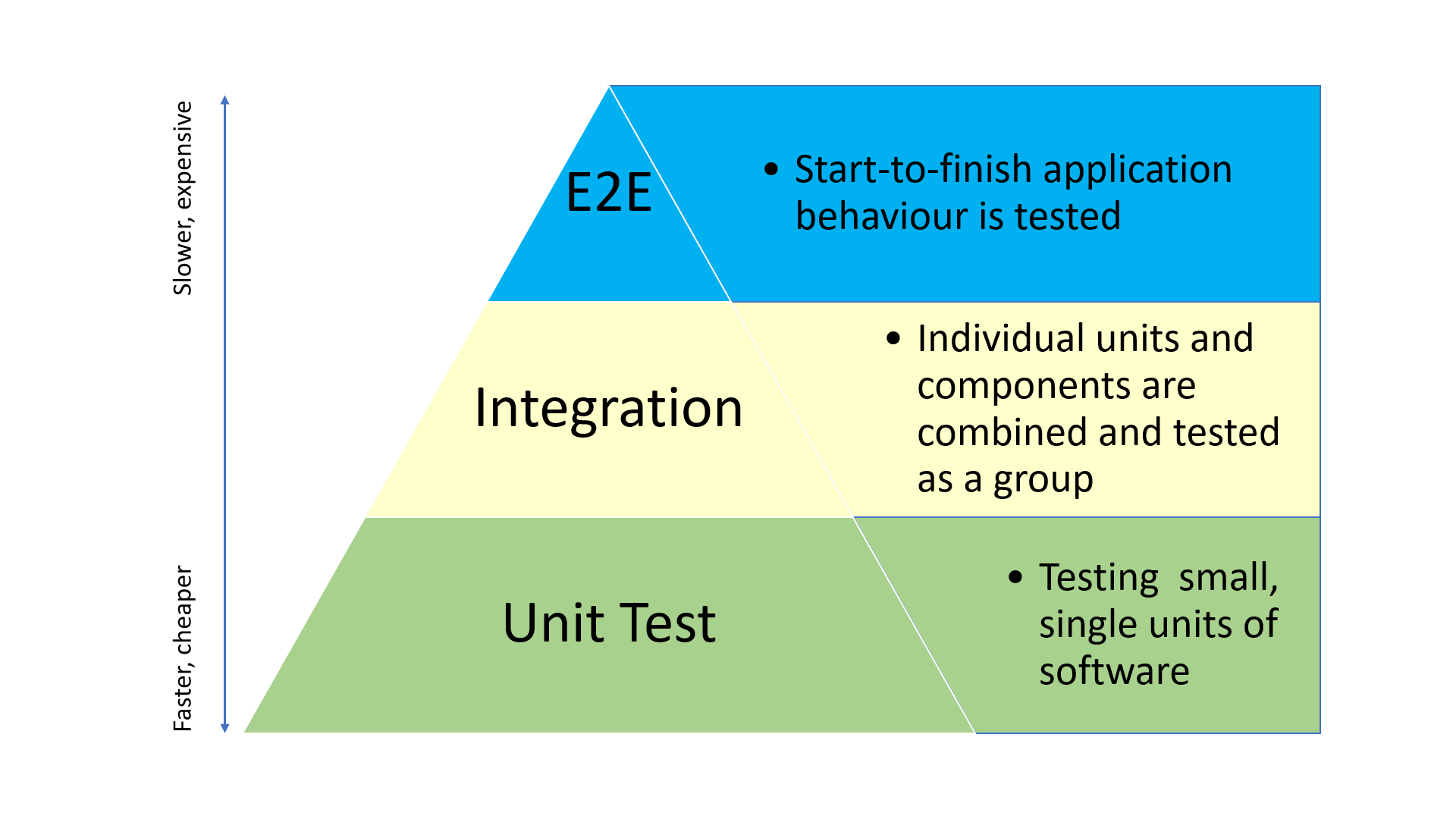# Development guidelines
💡 There is a 'development guidelines' doc being worked together with Aragon, this current page is what we are using while the shared doc with Aragon gets done.
# Intro
- The 'motto' is: keep it simple
- If we over-extend the explanations or the 'rules', these guidelines will be harder to read and therefore harder to follow.
- Development guidelines can easily fall into the trap of being very opinionated and subjective. To avoid this, we aim to specify a 'minimum common base layer' for our development. If a specific team wants to add some extra concrete steps particular to their area of expertise, they are free to do so.
# Tasks management
- Description of current status:
- Currently:
- Product teams are currently using Jira
- The Protocol team is still using Linear
- Concrete tasks are defined in
Github issues - General tasks are defined in
Linear: Will be replaced by Jira eventuallyJiraNotion: document: 'Monday commitments' (priorities of the week & forecast for month)
- Currently:
# Docs/Specs strategy
- Code should be well documented (following the specific language guidelines)
- New features should be documented before being implemented
- Reasons:
- Avoid inefficiencies due incompatibilities on the client & server sides
- Make it easier for the reviewer to verify that the implementation follows the spec
- Product features need to be well described before being implemented.
- A description of why this change is being made, is expected.
- A clear "definition of done" is expected.
- Protocol changes need to be documented on a docs PR, following suit of a discussion
- Use the discussions on the
protocolrepo when the topic is relevant to the community - Use a Notion page or a HackMD if the topic is relevant to the team only
- Use the discussions on the
- Reasons:
discuss.vocdoni.io (opens new window) is used for discussing new features and protocol proposals.
# Layers of documentation
- Tasks related to PR discussions: discuss the problem, possible solutions, ideas, agreements, related issues
- Commit message: describe what the commit adds & why
- Inline code documentation: describe the method & logic of the code, to help the future reader of the code
- Package README.md: if needed, add global description of the package
- docs.vocdoni.io: document the spec & architecture. If a new protocol/feature is being added, should appear here before the implementation starts.
# Testing strategy

- Unit: test the unit in full isolation from any other code part. Usually within a unique package.
- Integration: where individual units and components are combined and tested as a group with a clear scope. Usually using multiple packages.
- example:
- https://github.com/vocdoni/vocdoni-node/tree/master/test
- example:
- End-to-end: uses a service that is not in the repo, and performs the full flow. Can test the user behavior.
- examples:
- The docker-compose test suite on vocdoni-node: https://github.com/vocdoni/vocdoni-node/tree/master/dockerfiles/testsuite
- examples:
Priority of test layers:
- Add unit tests of the feature being added
- When a group of features enables a new flow, add integration test for that flow (which combines the features)
- If possible, implement the same flow from the integration test into an end-to-end test
When fixing a bug:
- Add the tests that make the bug appear
- Then fix the bug
- Execute the test and check that the bug no longer lives The idea is to be able prove with code that the bug is fixed: to create a test that fails, and after the code fix the test passes.
# Code reviews
- It is responsability of the PR creator & PR reviewers to ensure that the Testing strategy is followed. No PR should be merged if there are missing tests of the newly added code.
- Each repository has a list of people with enough knowledge about it to review PRs.
- TODO: Define code 'owner'/'default reviewer' concept
- TODO: Agree on who is knowledgable of each repository package, and write it down --> 'code owner' (enforced by Github)
- When creating a PR the PR creator needs to
requireat least 1 PR reviewer- Take in mind that the PR reviewer may be receiving lots of emails of notifications of Github, so the PR creator should decide if it's needed to send a private message to that person to notify of the PR
# Reviewing a PR
- When reviewing others' code, try to:
- A. Be very clear about the requested change, stating the issue unambiguously or suggesting a code edit.
- B. If the request is ambiguous, doesn't provide enough details or is a personal opinion without strong arguments; state that the request is not blocking and let the author of the PR decide wether to make a change or not at their own discretion.
# Automated Code Review
- PRs can be merged once:
- the tests pass
- the linters pass (if activated)
- It's the responsability of the repo creator/owner to configure the Github Actions with the automated Tests & Linters for each commit & PR
# Linters
There will be an 'official' minimum linter configuration file, that all the repos of each language must include in the automated tests.
# Git branching model
Git repo guidelines can be found here